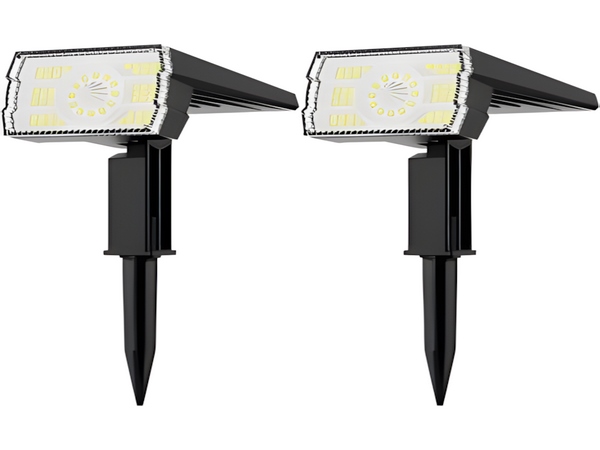
Rural road construction is a systemic and comprehensive project, with lighting facilities playing a vital role. They not only provide illumination for nighttime travel and activities but also enhance the beauty of the road. The installation cost of solar street lights in rural areas is significantly lower than that of conventional electric street lights, making them widely used in rural road construction planning and playing an irreplaceable role. So, what are the requirements for the installation environment of rural solar street lights? Here is an introduction from Century Sunshine Lighting.

Requirements for the installation environment of rural solar street lights:
1. Select the direction of the light source based on the road direction and the position of the light source to maximize the illuminated area of the road.
2. If it is not possible to ensure all-day unobstructed sunlight, there must be no obstructions between 9:30 AM and 3:30 PM.

3. Solar light fixtures should be kept away from heat sources to prevent affecting the lifespan of the fixtures.
4. Environmental operating temperature: -20 to 60 degrees. In colder environments, the battery capacity should be appropriately increased.
5. There should be no direct light source above the solar light fixture’s panel to avoid causing misinterpretation by the light control system that leads to incorrect operation during the day.
6. Solar street lights must be installed in well-lit and unobstructed areas, with solar panels facing true south, ensuring that there are no shadows obstructing the light-facing side of the panels throughout the day.
The above outlines the requirements for the installation environment of rural solar street lights. In summary, the installation of rural solar street lights is much more convenient and straightforward, as the small size of the battery requires minimal preparation.



